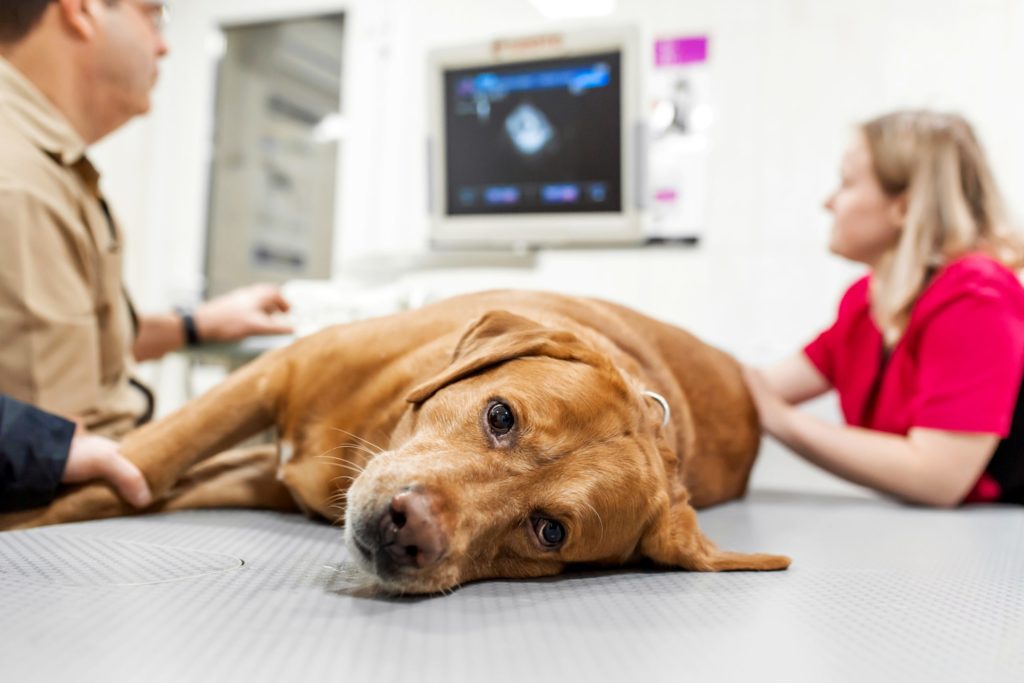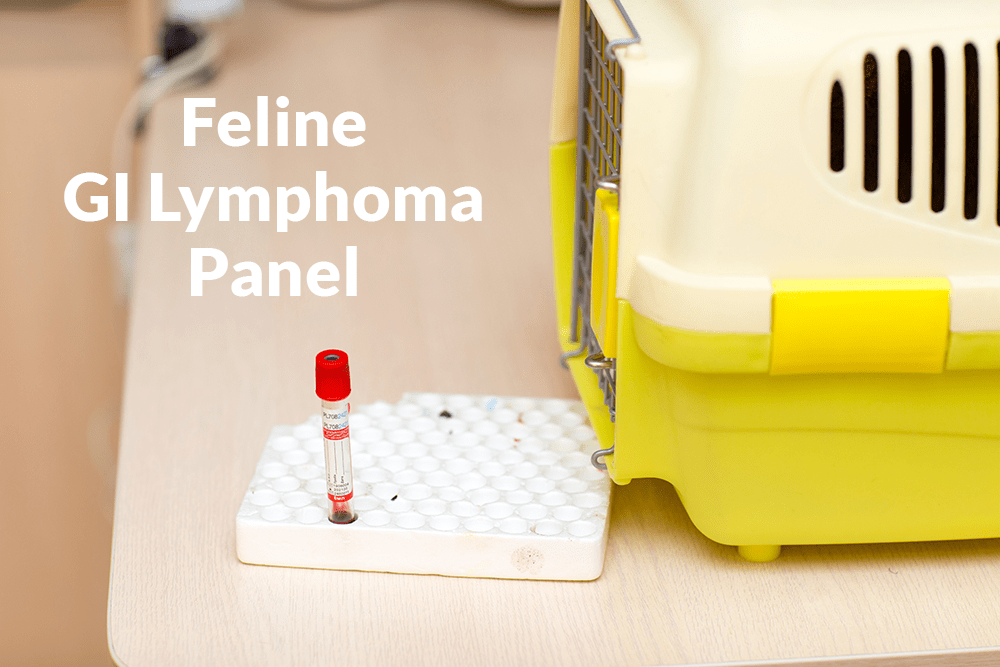
There is a growing body of evidence that Hyaluronic Acid is an effective marker of degenerative joint diseases in dogs: Background:Serum hyaluronic acid (sHA) and CRP are a simple blood test for the early detection of degenerative joint disease as well as post-therapeutic monitoring for therapy effectiveness. Positive sHA values are to be interpreted as […] Read more »








